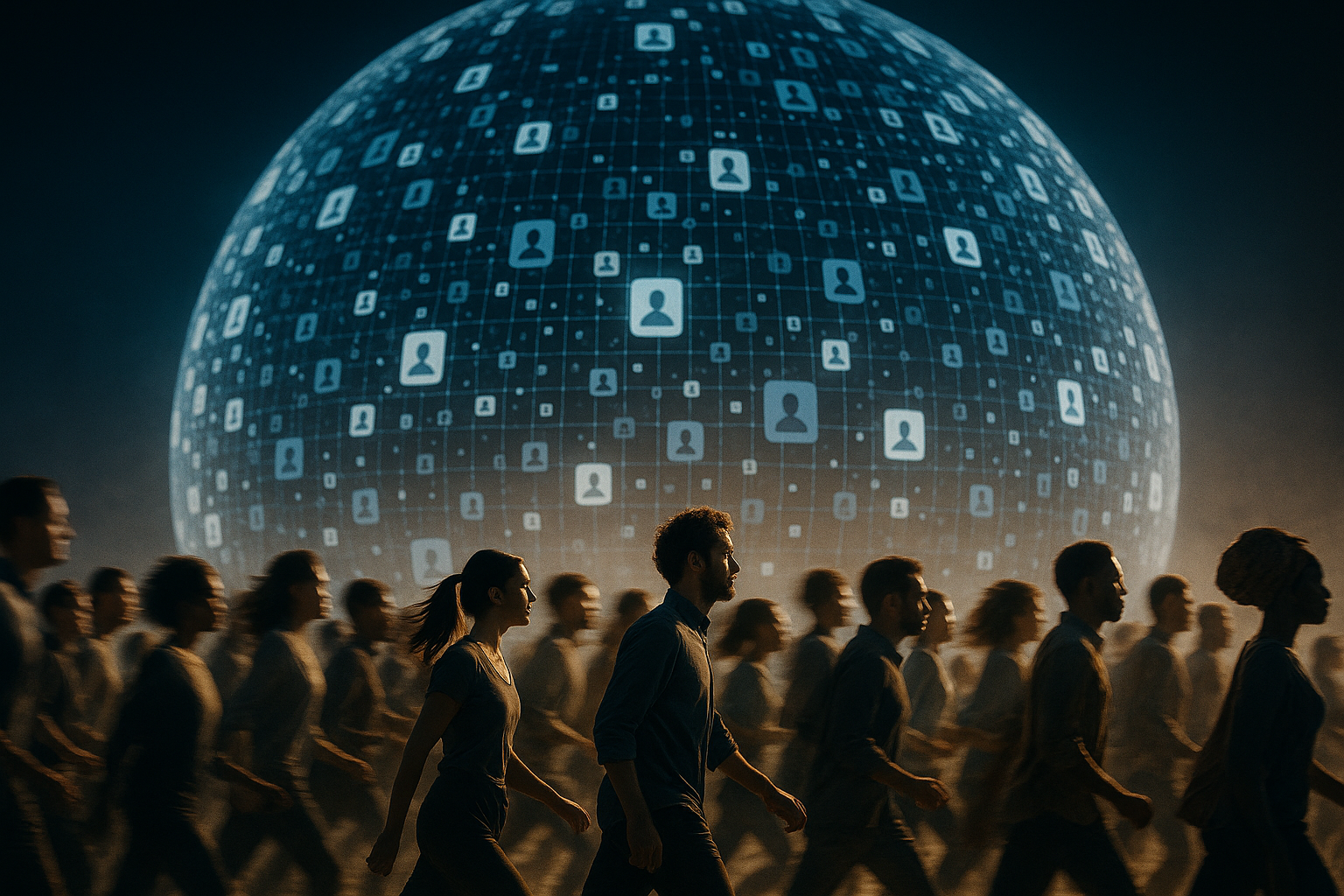The Intriguing Dance of Modern Collective Identity
Today's world is a vibrant tapestry of diverse cultures and ideologies, each contributing to the complex dance of collective identity. Read below to understand how the collective identity is shaped in the contemporary era, and how it impacts our society.

The Concept of Collective Identity: A Historical Perspective
The idea of collective identity is not a recent phenomenon. It dates back to ancient civilizations, where people identified with their tribes, religions, or professions. However, the definition of collective identity has been fluid, changing with time and societal progress. The industrial revolution, for instance, altered the way people associated themselves, shifting from agrarian or artisan identities to those linked with various industries.
The Modern Collective Identity: A Sociological Angle
In the modern era, the collective identity puzzle has become more intricate due to the rise of digital technology and globalization. Today, collective identities are no longer confined to geographical boundaries or traditional societal structures. They now transcend borders, blurring the lines between different cultures and ideologies. From the global Black Lives Matter movement to the worldwide push for LGBTQ+ rights, collective identities are becoming increasingly global, unified by shared beliefs and goals rather than physical proximities.
The Role of Social Media in Shaping Collective Identity
One pivotal player in this transformation of collective identity is social media. Platforms like Facebook, Twitter, and Instagram have become melting pots of diverse cultures and ideas, allowing individuals from different parts of the world to come together and form new collective identities. These digital platforms have also enabled marginalized communities to voice their concerns and mobilize support, thereby reshaping societal norms and perceptions.
The Impact of Collective Identity on Society
The evolving nature of collective identity has profound implications for society. On one hand, it has fostered global solidarity and understanding among diverse groups. On the other hand, it has also led to the rise of echo chambers and polarization, as people tend to gravitate towards like-minded individuals and groups. This dual impact of collective identity makes it a double-edged sword, capable of both uniting and dividing societies.
The Future of Collective Identity: A Forecast
Looking ahead, collective identity will continue to evolve, shaped by technological advancements and socio-political changes. As the world becomes more interconnected, collective identities will likely become more fluid and inclusive. However, the potential for division and conflict remains, making it imperative for societies to navigate the complexities of collective identity carefully.
In summary, the dance of collective identity in the modern era is a fascinating sociological phenomenon. It offers a unique lens to understand our interconnected world, revealing the intricate dynamics of human societies. As we move forward, it will be interesting to see how this dance evolves, shaping and being shaped by the societal currents of our time.




